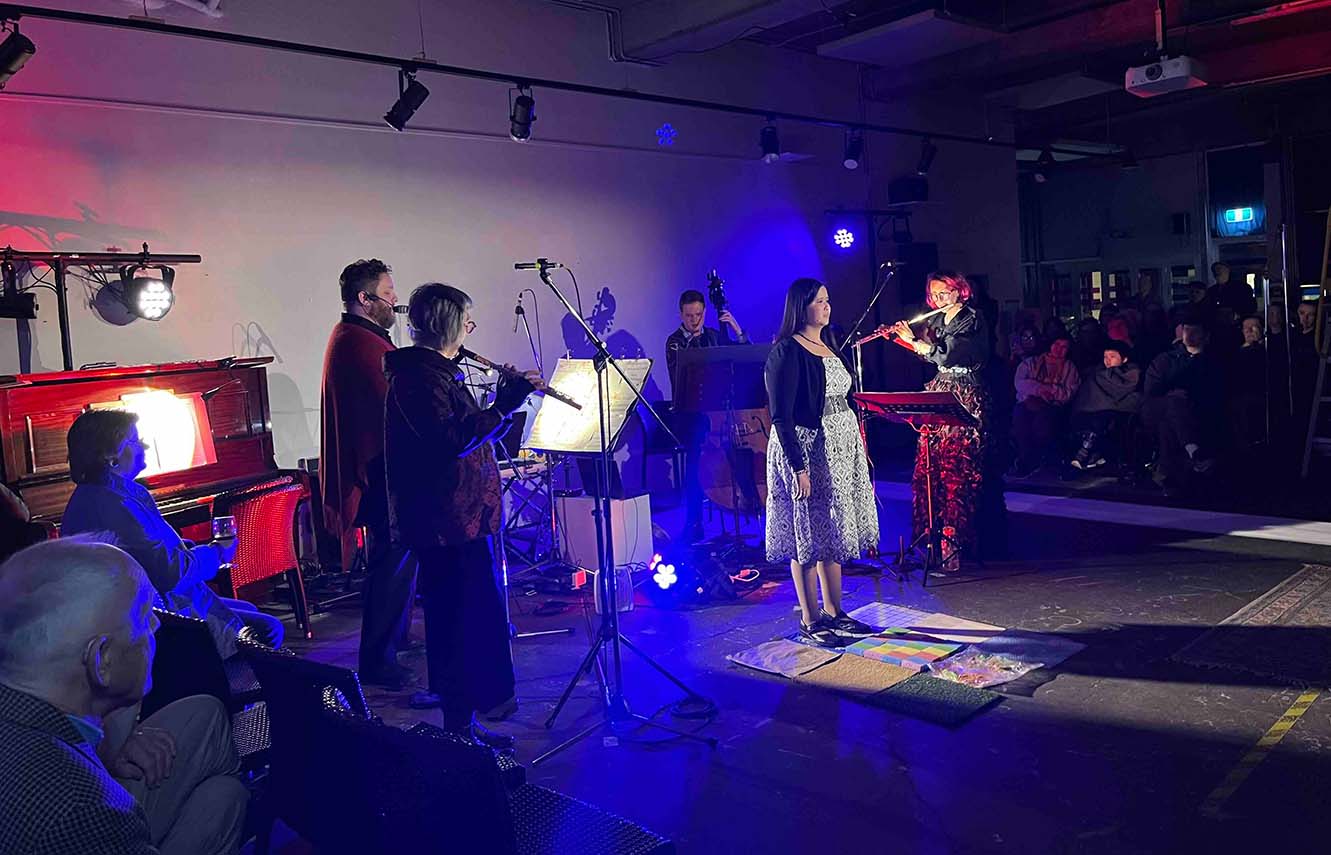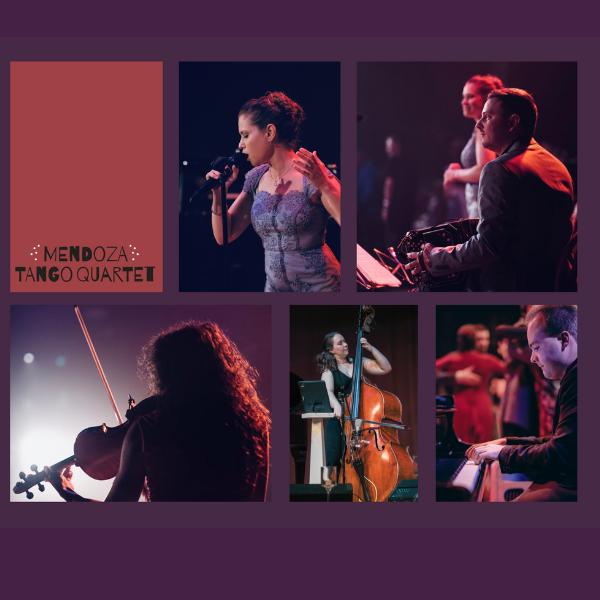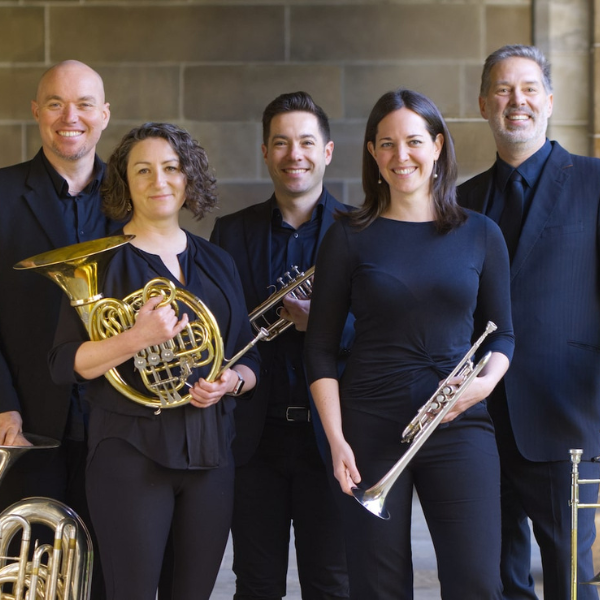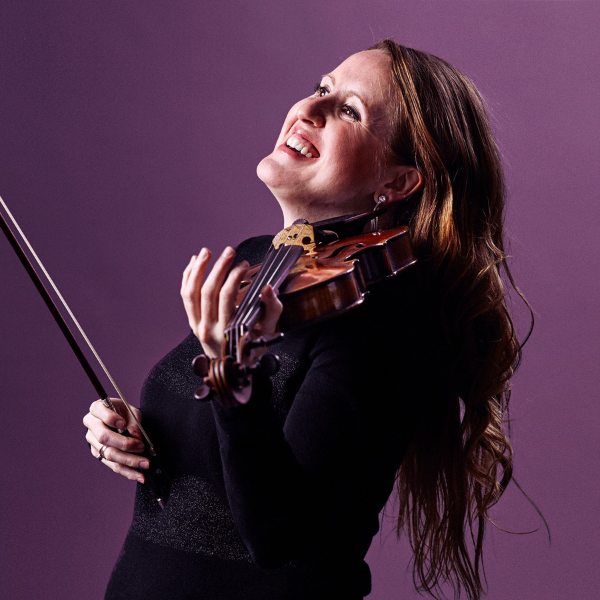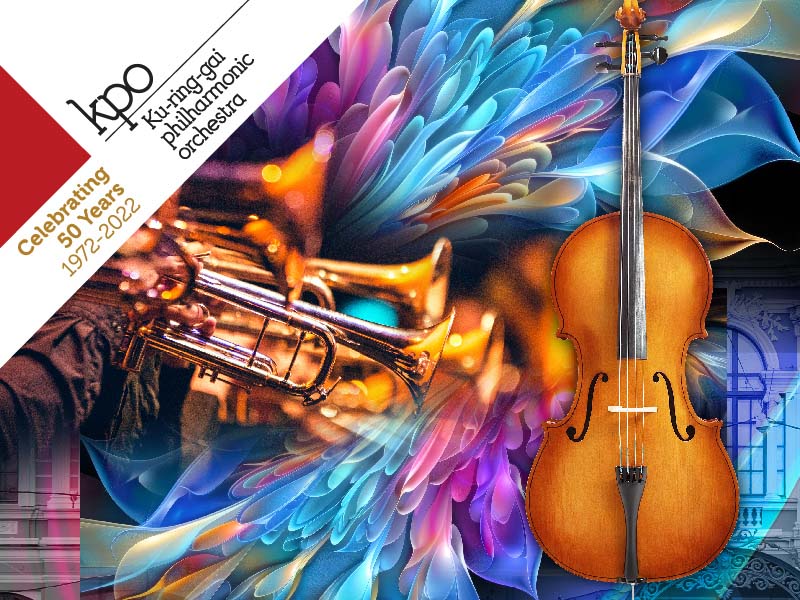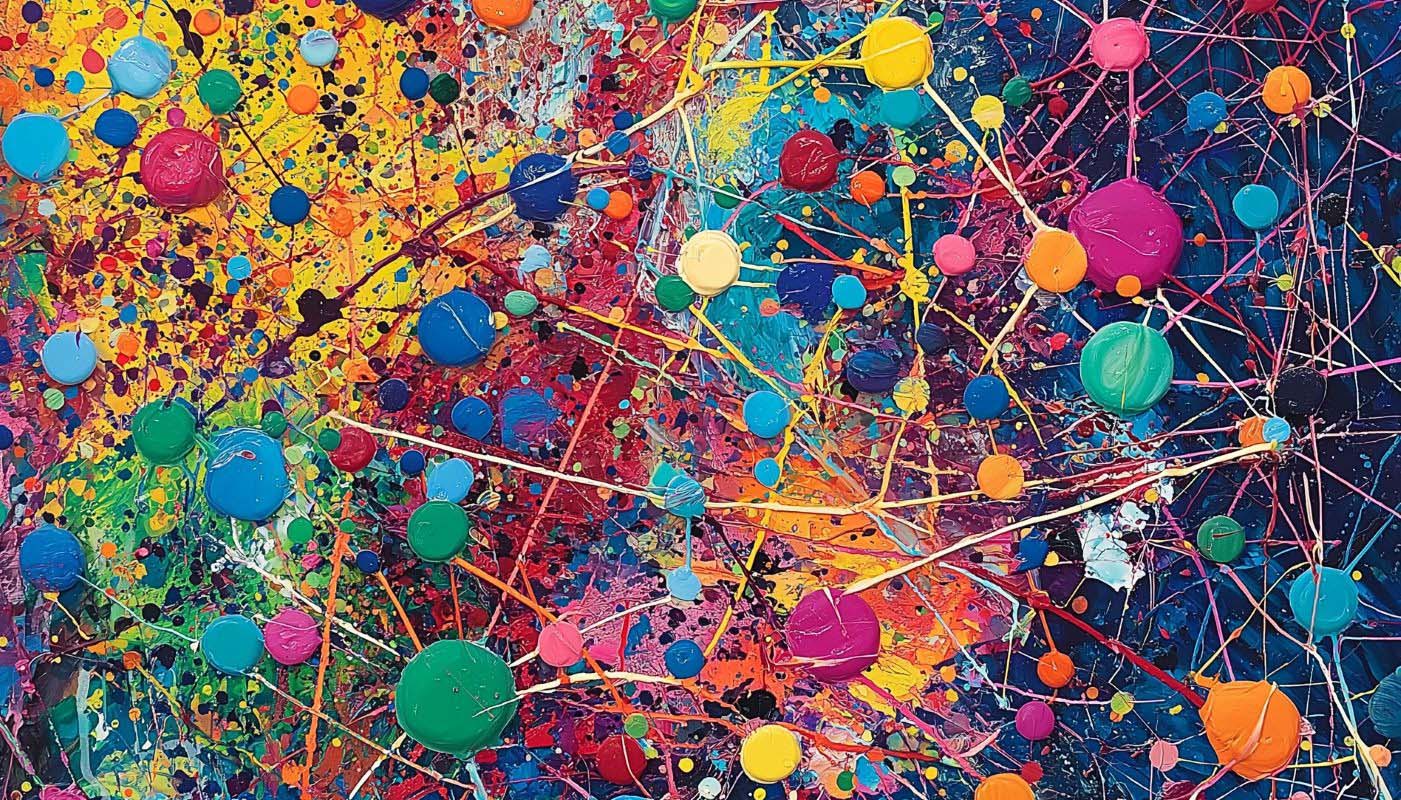BackStage Music | Trace
July 13, 2024, 107 Projects, Redfern, NSW
A mind opening beginning
Elias Wilson’s beautiful, melodious spoken voice begins the concert by explaining that he will be our Audio Describer for the evening, providing a spoken interpretation of visual elements of the performance to enhance the experience for people who are blind or have low vision. The audio describer typically includes details about actions, facial expressions, scenery, costumes, and other visual cues that are important for understanding the context and nuances of the content. They are normally unseen by the audience, and only heard by those who subscribe to the service. Before the music had even begun my understanding of how people with a disability experience creative arts had already been expanded. This was going to be a mind opening evening.
Trace was curated by accomplished musician, singer, and writer Ria Andriani. Ria is visually impaired and has been a strong advocate for the representation and inclusion of people with disabilities in various creative fields. Her work often explores themes related to disability, identity, and the sensory experience of music and art and this concert was no exception. The performance captivated me with its unique approach to experiencing sound through touch, listening, and reflection. Even the performance space at 107 Projects, with its industrial inner city chic aesthetic, was characterised by flexibility and inclusivity, the seating arranged to ensure accessibility for all attendees, with ample space for wheelchair users and clear sight-lines to the stage from many angles.
A Multi-sensory Opening Set
Tony Gorman and The Monday Club describe their music as, “varied, elusive and not easily named – the spaces between words, and thoughts; the subtle stirrings of shifting time; flashing inspiration, raging and at once subsiding; a sense of space becoming sound becoming space…” This improvisational set was preceded by Gorman’s poem Used to Couldn’t, echoing the resilience and transformation of his journey with Multiple Sclerosis. An eclectic group connected through music, Tony Gorman on Alto clarinet, Boyd: Contrabass clarinet (an instrument over 6ft tall!), Stephen Morley: French horn, Mary Rapp: Cello and bass Steve Elphick, melded into their own sonic world with their unique instrumentation and exploration of long notes.
Dowland’s Melancholic Echoes
Following a brief intermission, the audience was treated to John Dowland’s In Darkness Let Me Dwell, performed for voice (Ria Andriani) and piano (Grace Kim). This Elizabethan piece, rich in melancholia, was recontextualized through Ria Andriani’s poetry. The reinterpretation offered a poignant reflection on the myriad experiences of living with disability, transforming darkness from a symbol of hopelessness into a space of potential and depth.
The Emerald Ruby’s Textured Soundscapes
Jennifer Hankin, performing as The Emerald Ruby, presented Texture Map, a piece for voice, two flutes, double bass, and percussion. This non-linear composition invited the audience into a tactile world of sound, inspired by touch. The Audio Describer became part of the performance, calling out Andriani’s movements across nine textures on a physical map – pebbles, sand, bubble wrap, sponge, each texture had its own musical motif and the musicians were guided by her steps. It was fascinating to watch. How would her bell like soprano sing the texture she was standing on now? How would the music transition from one surface to another? This work opened my mind to different ways we can experience texture.

Moondog’s Rhythmic Mysteries
After losing his eyes in accident at the age of 16 Moondog (1916-1999) became a prolific contemporary composer and poet with an eclectic, cross-genre style which significantly influenced contemporary classical and minimalist music. Tamagotshi, arranged by Will Hansen for double bass with looping electronics and thrumming percussion (absolutely nailed by Tessa Gutierrez) brought an intriguing minimalist flavour to the program. Repetitive melodic lines and pulsing rhythms showcased the enigmatic composer’s unique style.
Exploring Calm and Anxiety
In Calm (is a Dangling Carrot), Hankin’s lived experience as a late-diagnosed autistic individual was conveyed through the interplay of two flutes. Commissioned by ABC Classic, this piece juxtaposed moments of serene calm with bursts of anxious energy, reflecting the perpetual struggle and fleeting moments of peace in an overworked mind. Virtuosic playing from Lamorna Nightingale and The Emerald Ruby.
Navigating Through Sound
Georgia Scott’s The Sleepers, a clever integration of music and spatial navigation, was inspired by a conversation with Andriani who wanted to be afforded the opportunity to move through a performance space independently. Similar to Texture Map, this piece utilised musical motifs and the inclusion of spoken parts (via Elias Wilson) to guide the singer through the space, the audio descriptions assisted both the visually impaired in the audience and Andriani herself. The setting of Walt Whitman’s poem of the same name added a layer of nocturnal mystery, creating a moving exploration of independence and perception.
Interspersed with poetry and reflections by Andriani, Moondog, and Gorman, Trace was a profound celebration of the diverse ways people create and experience music. Bravo BackStage Music for continuing to push the boundaries, the careful curation and powerful performances displayed in this concert not only entertained but also challenged the audience to rethink their understanding of sensory experiences.
Overall, Trace was a remarkable journey that transcended traditional concert experiences, leaving me with a heightened appreciation for the myriad ways music can touch and transform lives.

